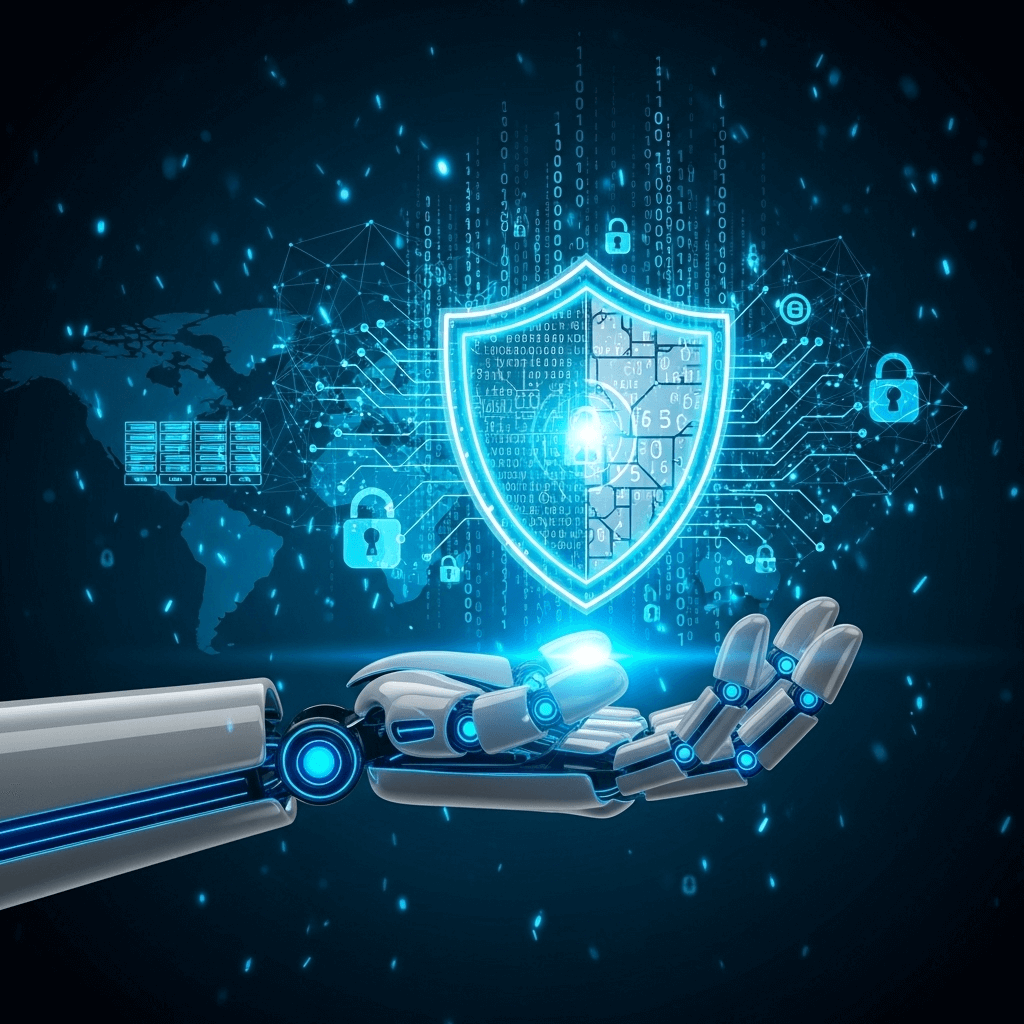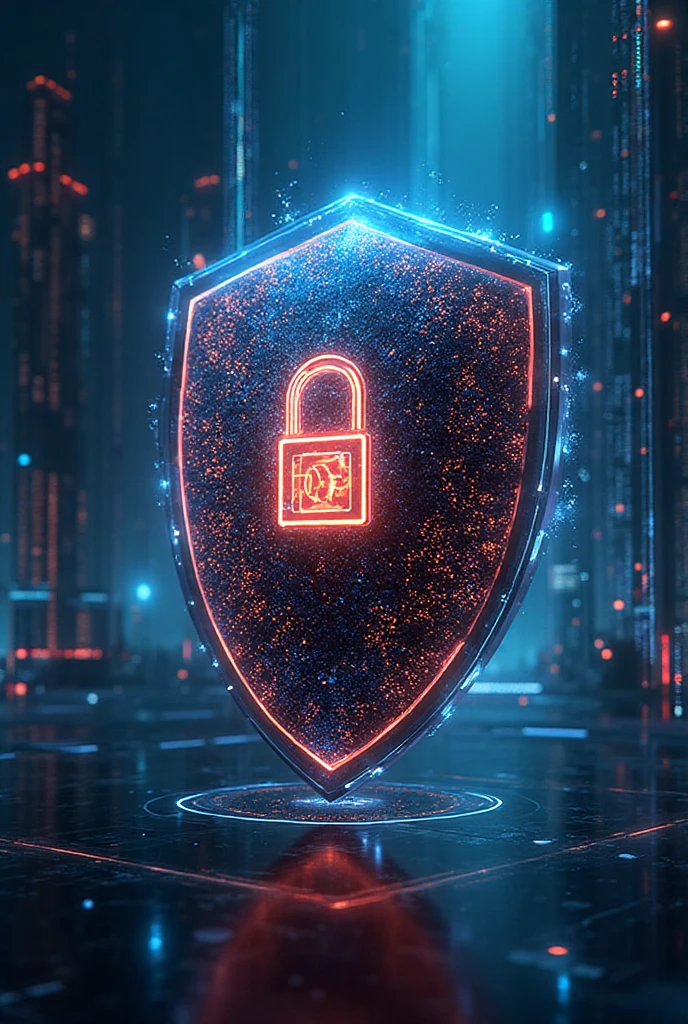
This article provides a complete cybersecurity learning roadmap, guiding readers from beginner awareness to expert-level leadership. It explains the importance of cybersecurity in IT, outlines essential skills, and presents a structured progression.
Introduction to Cybersecurity:
Cybersecurity (in today’s interconnected digital landscape), is the backbone of the global

economy. From banking platforms to healthcare systems, every modern service runs on IT infrastructure making it vulnerable to rising cybercrime. The relevance of security has shifted from being an optional IT concern to a foundational necessity for data protection, operational continuity, and customer trust.
This article walks through cybersecurity basics, the complete learning path, common attacks, network defense models, job roles, industry leaders, and future prospects for anyone aiming to master cybersecurity.
What Is Cybersecurity?
Cybersecurity is the practice of protecting networks, applications, systems, and data from unauthorized access, exploitation, or damage. It involves three main dimensions:
- Technology (firewalls, intrusion detection, encryption)
- Processes & Policies (compliance, governance, incident response)
- People Awareness (users trained to recognize and prevent attacks)
Think of it as the immune system of the digital world, constantly defending against viruses, malware, and external threats.
Importance of Cybersecurity in IT
- Data & Privacy Protection – Ensuring confidentiality of user information, research data, and corporate trade secrets.
- Business Continuity – Keeping systems online during cyber incidents such as ransomware and denial-of-service attacks.
- Customer Confidence – Trust in reliable and secure platforms drives brand loyalty.
- Legal and Regulatory Compliance – Mandatory under GDPR (Europe), HIPAA (USA healthcare), and other global frameworks.
- Innovation at Scale – Enables organizations to safely adopt cloud computing, IoT, blockchain, and AI.
Cybersecurity Roadmap: From Basics to Expert
Cybersecurity learning should be structured and progressive, starting with fundamentals and leading to expert-level roles.
[ Awareness ]
|
[ Fundamental Skills ] ---> (Networking, Operating Systems, InfoSec Basics)
|
[ Certifications ] ---> (CompTIA Security+, CEH, CISSP, CISM, OSCP)
|
[ Specializations ] ---> (Penetration Testing, Cloud Security, Threat Intelligence, Forensics)
|
[ Professional Practice ] ---> (SOC Operations, Incident Response, Red/Blue Team Activities)
|
[ Expert Level ] ---> (Cyber Strategy, AI Security, Executive Risk Management, CISO Track)Common Cyber Attacks and Scams
- Phishing/Spear Phishing – Deceptive emails crafted to steal credentials.
- Ransomware – Malware that blocks access to files until ransom is paid.
- Social Engineering – Manipulating human psychology instead of machines.
- Identity Theft – Using stolen personal data for fraud.
- Insider Threats – Employees or associates intentionally leaking or abusing access.
- Fake Tech Support Scams – Criminals pretending to be IT support staff.
Hacking vs. Cybersecurity
- Hacking: Offensive action to infiltrate or break into computer systems, often for theft, sabotage, or exploitation.
- Cybersecurity: Defensive mechanisms, policies, and tools meant to detect and prevent attacks.
Hacking is the attack vector and cybersecurity is the counter-shield. Both evolve side by side, pushing innovation on both ends.
How Cybersecurity Protects Us
- Encryption – Data confidentiality at rest and in transit.
- Firewalls & IDS/IPS – Blocks unauthorized or malicious traffic.
- Multi-Factor Authentication (MFA) – Adds strong identity verification.
- SOC Monitoring – 24/7 real-time defense against intrusions.
- Ethical Hacking & Pen Testing – Identifying weak points before attackers do.
The OSI Model in Cybersecurity
The OSI model offers a layered framework of how communication happens in IT. Each layer can be attacked differently, so professionals map defenses to the right layer.
| OSI Layer | Example Attacks | Defense Techniques |
|---|---|---|
| Layer 1 – Physical | Device tampering, wiretapping, theft | CCTV, secure server rooms, physical locks, biometric scans |
| Layer 2 – Data Link | ARP spoofing, MAC flooding, VLAN hopping | Switch hardening, MAC filtering, IDS systems |
| Layer 3 – Network | IP spoofing, DDoS, Man-in-the-Middle attacks | VPNs, firewalls, secure routing protocols |
| Layer 4 – Transport | TCP SYN floods, session hijacking | Deep packet inspection, throttling, filtered TCP requests |
| Layer 5 – Session | Session hijacking, replay attacks | Authentication tokens, MFA, session timeout configs |
| Layer 6 – Presentation | SSL stripping, malformed data | TLS/SSL certificates, encryption, secure API structure |
| Layer 7 – Application | SQL injection, XSS, phishing | Web App Firewalls (WAF), antivirus, secure coding |
This layered defense model promotes the Defense-in-Depth Strategy—no layer should go unprotected.
Cybersecurity Careers
Popular Roles
- Security Analyst (Entry to Mid-level)
- Penetration Tester (Ethical Hacker)
- SOC Analyst (Defender on live networks)
- Security Architect/Engineer
- Executive Leadership (CISO)
Salary Ranges (Global Averages)
- Entry-Level: $60,000 – $80,000
- Mid-Career: $90,000 – $120,000
- Senior/CISO: $150,000 – $250,000+
Cybersecurity is among the fastest-growing and highest-paying fields in IT globally.
Top Cybersecurity Companies by Country
United States
- Palo Alto Networks – Cloud and enterprise firewall leader. Website
- CrowdStrike – AI-powered endpoint and ransomware protection. Website
- Fortinet – Renowned for network security and Zero Trust solutions. Website
United Kingdom
4. BAE Systems Applied Intelligence – Advanced defense cyber monitoring. Website
5. Sophos – Endpoint and firewall security simplified for enterprises. Website
Germany
6. Siemens Cybersecurity – Industrial and manufacturing system defense. Website
Israel
7. Check Point Software Technologies – Advanced threat prevention solutions. Website
Japan
8. Trend Micro – Cloud, antivirus, and AI intrusion prevention. Website
Canada
9. BlackBerry (Cybersecurity Division) – Endpoint, IoT, and automotive security. Website
10. CGI Inc. – Global security consulting and managed services. Website
Frequently Asked Questions (FAQ)
1. What are the main types of cyber attacks?
The most common are phishing, ransomware, insider threats, denial-of-service (DoS/DDoS), and advanced persistent threats (APTs).
2. What is the OSI model in cybersecurity?
The OSI model explains seven communication layers. Professionals map specific attacks and defenses to each helping design resilient, layered defenses.
3. What certifications are recommended for a cybersecurity career path?
Start with CompTIA Security+ (entry-level), then advance to CEH (ethical hacking), CISSP (management-level), or OSCP (penetration testing).
4. What is the difference between symmetric and asymmetric encryption?
- Symmetric encryption uses one shared key for both encrypting and decrypting.
- Asymmetric encryption uses a pair (public + private keys), enabling secure key exchange and digital signatures.
Final Thoughts about Learning Cybersecurity.
Cybersecurity is a lifelong journey, not a one-time skillset. From understanding foundational infrastructure to applying modern AI-driven defenses, professionals must evolve continuously to counter rapidly advancing threats.
As hackers grow sharper, cybersecurity too becomes stronger ensuring trust, continuity, and safety in the digital economy. For students and IT professionals, following this complete roadmap from basics to expert level is both a rewarding career path and a contribution to digital resilience.
Our Latest Posts:
How to Become a Data Scientist in One of the Top 5 Technology Fields
Want to Learn Machine Learning In 2025? Here is the Complete Roadmap
The Shocking Future of Web Development in the UK: Learn It or Leave It in 2025
Revolutionary Rise of Virtual 3D & Virtual Reality: Transforming Lives in the UK and USA
Skill Development in UK: Trends and Priorities in 2025
How to Create a Bootable Windows USB or Partition and Install Windows: Easy in 20 min







